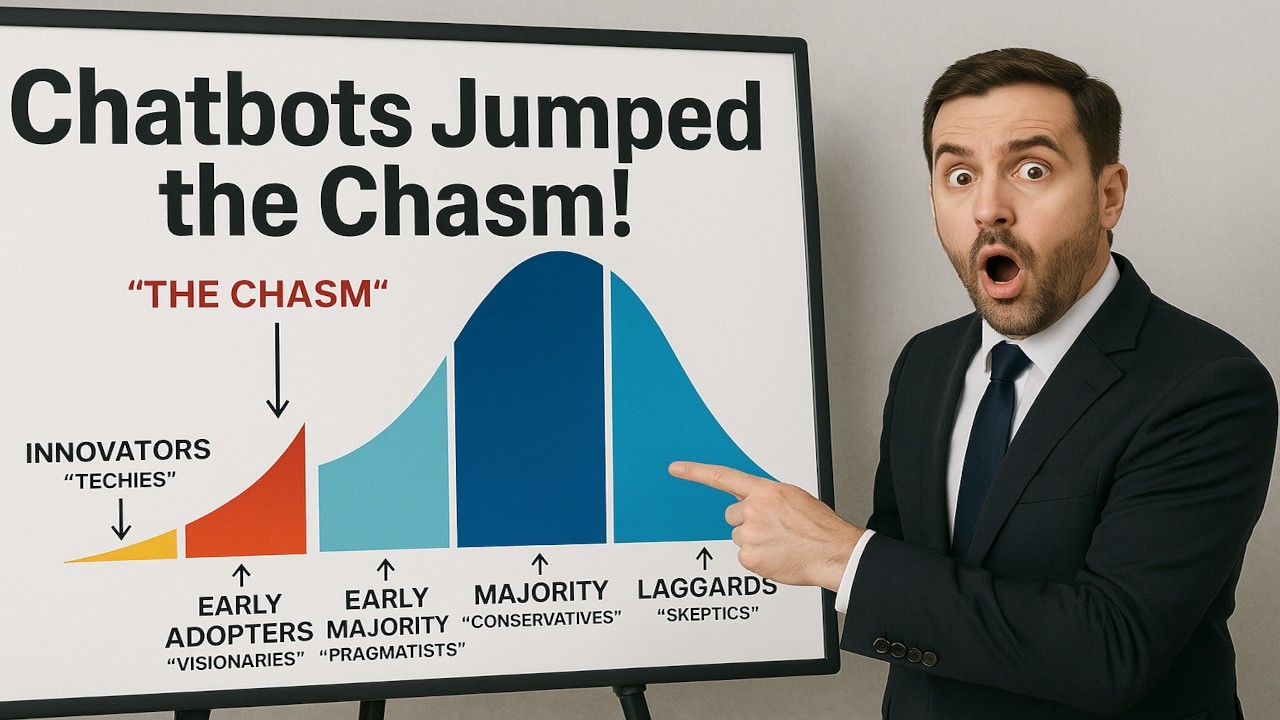The video discusses rapid advancements in AI, particularly the emergence of powerful models like Grock 3.5, driven mainly by increased compute resources, and highlights how AI is transforming industries, including software development, with widespread adoption expected to continue. It also explores the potential of longevity research to significantly extend human lifespan, though external risks like accidents remain a barrier to eternal life.
The video begins by discussing the rapid advancements and increasing discussions around artificial intelligence, particularly focusing on the evolving perception of AGI (Artificial General Intelligence). The speaker notes that many industry leaders, including Google DeepMind, are asserting that AGI is imminent, with broadening consensus suggesting it could be achieved within the current year. He emphasizes that the definition of AGI remains fluid and somewhat subjective, with no clear mathematical or universal standard, making it a moving target in the AI community.
Next, the speaker examines the tangible impacts of AI on the job market, especially in software development. He presents data showing that software job postings in the U.S. and globally have significantly declined since pre-pandemic levels, with a drop to about 63-65%. Despite the overall number of developers increasing slightly, the number of job openings is shrinking, particularly affecting entry-level positions. He highlights that roles in niche domains and AI-specific jobs are still growing, suggesting that those with specialized skills in AI and robotics are better positioned in the current market.
The video then shifts to discussing recent leaks about Grock 3.5, an advanced AI model. Although the source of the leak is uncertain and potentially fabricated, the data suggests that Grock 3.5 is performing exceptionally well on various benchmarks, surpassing previous models and even outperforming some human expert levels. The speaker attributes this rapid progress to the massive scale of data and compute power available to companies like Elon Musk’s X.AI, which leverages extensive infrastructure and resources to accelerate AI development. He concludes that scaling compute resources appears to be the primary driver behind these breakthroughs, rather than solely relying on innovative coding or algorithms.
Further, the speaker explores the adoption curve of AI technologies, noting that chatbots like ChatGPT have crossed the “chasm” from early adopters to mainstream users. He explains that AI tools are now embedded in many platforms, including YouTube and Google Docs, indicating widespread acceptance. The data shows that a significant portion of Fortune 500 companies are already using AI chatbots, and within a few years, adoption is expected to reach 50% of all companies. He predicts that as AI continues to improve, the majority will adopt these tools, with skeptics gradually coming on board over the next several years.
Finally, the video touches on the ambitious possibility of overcoming death through longevity research and the concept of longevity escape velocity. The speaker revisits the idea that even if aging and disease are cured, external causes of death—such as accidents—still pose risks. He presents data suggesting that if external causes of death could be minimized, human life expectancy could extend to hundreds or even thousands of years. However, he concludes on a pragmatic note, acknowledging that regardless of medical advancements, accidental and external causes of death will always remain a threat, making eternal life an unlikely reality despite the incredible progress in AI and longevity science.
